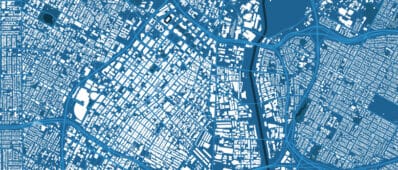Abstract
Traffic safety remains a pressing concern in California. Over the past five years, the state has averaged more than 3,751 reported traffic fatalities annually, with likely more unreported. While policies and research often focus on crash prevention and severity reduction, less is known about how collisions affect individuals’ travel behavior and perceptions of road safety. To better understand these effects, the research team conducted interviews and focus groups with people who had direct or indirect experience with traffic collisions and near misses. The researchers also spoke with professionals who support collision victims, such as physicians, therapists, faith leaders, and advocacy groups representatives. Discussions focused on perceptions of road safety, transportation mode choices, and travel behavior of someone involved in a traffic collision or near miss before and after the incident.


